LONDON UNDERGROUND HISTORY
Baker Street station history Find out more at
www.ltmuseum.co.uk In 1911, Metropolitan Railway architect Charles W. Clark created a single ticket hall for Baker Street station, along with railway offices above.
Clark also designed Chiltern Court, the block of flats constructed above the station in the 1920s. It contained (when it opened) 180 flats, which were occupied by famous residents such as the writer H.G. Wells. This block was underwritten by the Metropolitan Railway, which profited from the property development. Indeed, the station was so linked with the identity of the Metropolitan Railway that the station houses a memorial to the company’s employees who died in the First World War.
By the 1920s, the station’s platforms had largely fallen into their current alignment. The station was renovated mid-decade to forestall potential congestion from the crowds expected to attend the 1924-1925 British Empire Exhibition at Wembley.
In the 1970s, the Stanmore branch of the Bakerloo line became the Jubilee line, with new tunnels constructed from Baker Street to its then-terminus, Charing Cross. (The Jubilee line was re-routed from Charing Cross when the line was extended in 1999.) The platforms at Baker Street were renovated around this time to reflect the most famous (albeit fictional) local resident - Sherlock Holmes.
In an average year, more than 28 million journeys start or end at Baker Street.
[Images]
1957: This image shows the signage added between the Hammersmith & City line and the rest of the station, advertising the services provided by the Metropolitan line
1979: This poster was used to advertise the change from the Bakerloo to the Jubilee line, as stations north of Baker Street made the switch with the opening of the new line
2015: The Bakerloo line platforms feature tiles bearing a Sherlock Holmes pattern
2019: In the 1920s, the Metropolitan Railway constructed Chiltern Court above the station. Both Chiltern Court and the station’s exterior visible here were designed by the architect Charles W. Clark
MAYOR OF LONDON
Logo of the Underground
TRANSPORT FOR LONDON - EVERY JOURNEY MATTERS
© TFL courtesy of the London Transport Museum

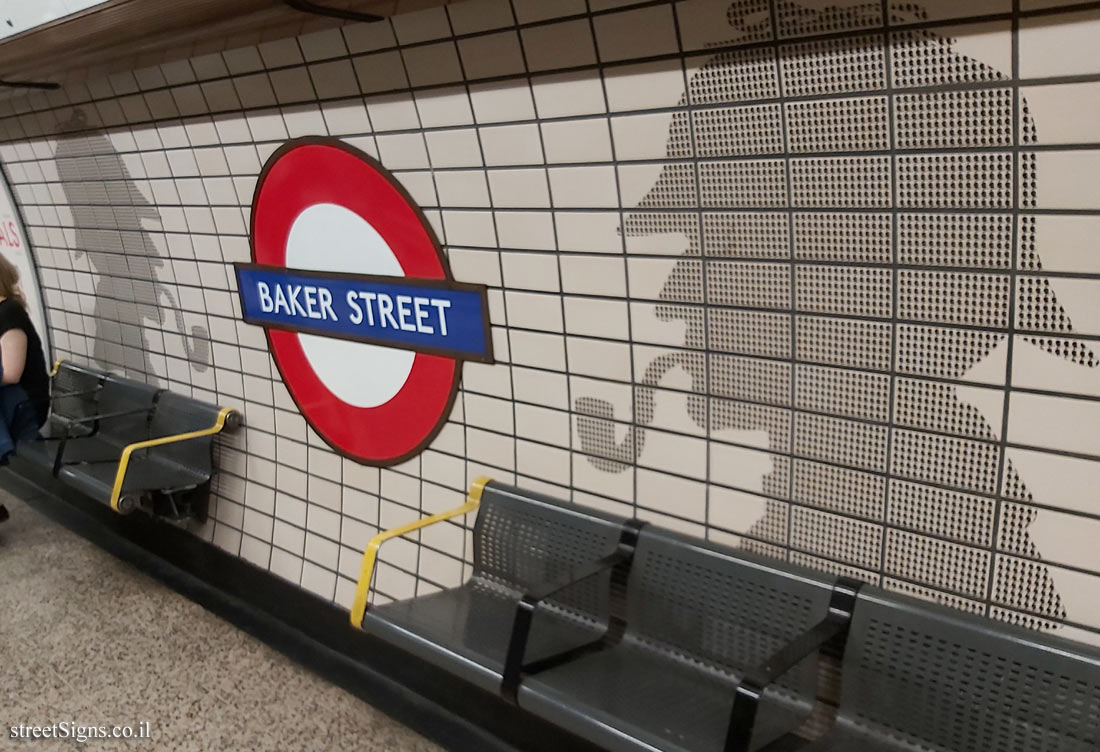 Click for sign's details
Click for sign's details  Click for a larger image
Click for a larger image 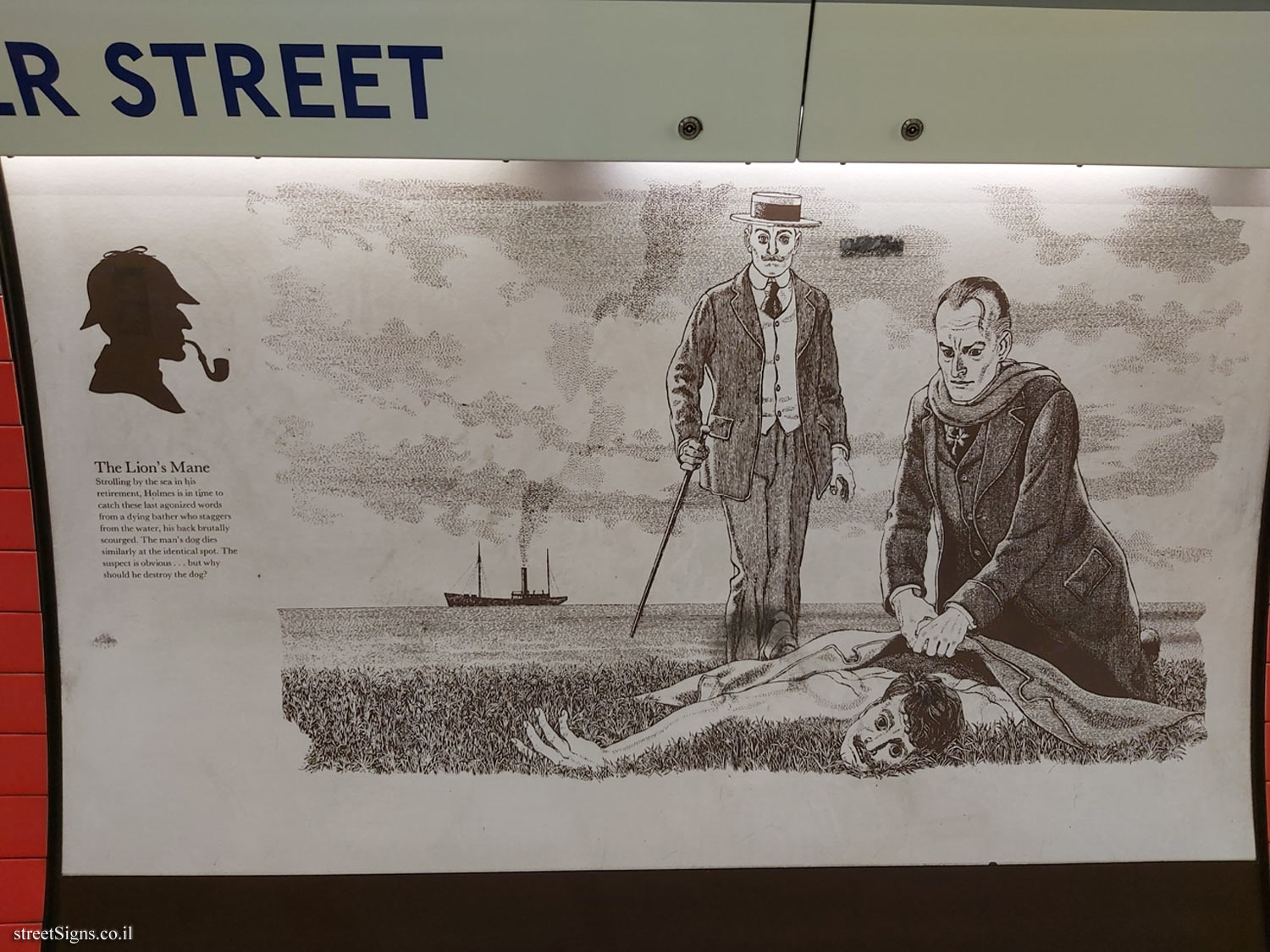 Click for sign's details,
Click for sign's details, 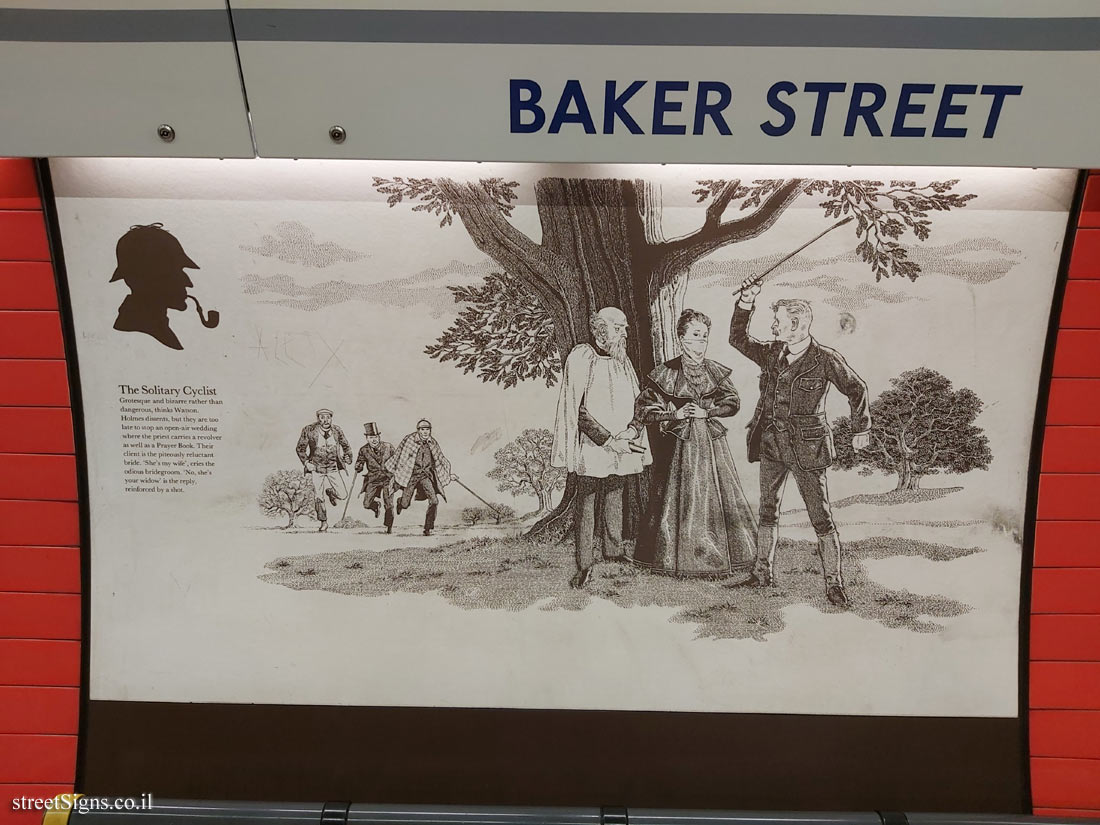 Click for sign's details,
Click for sign's details, 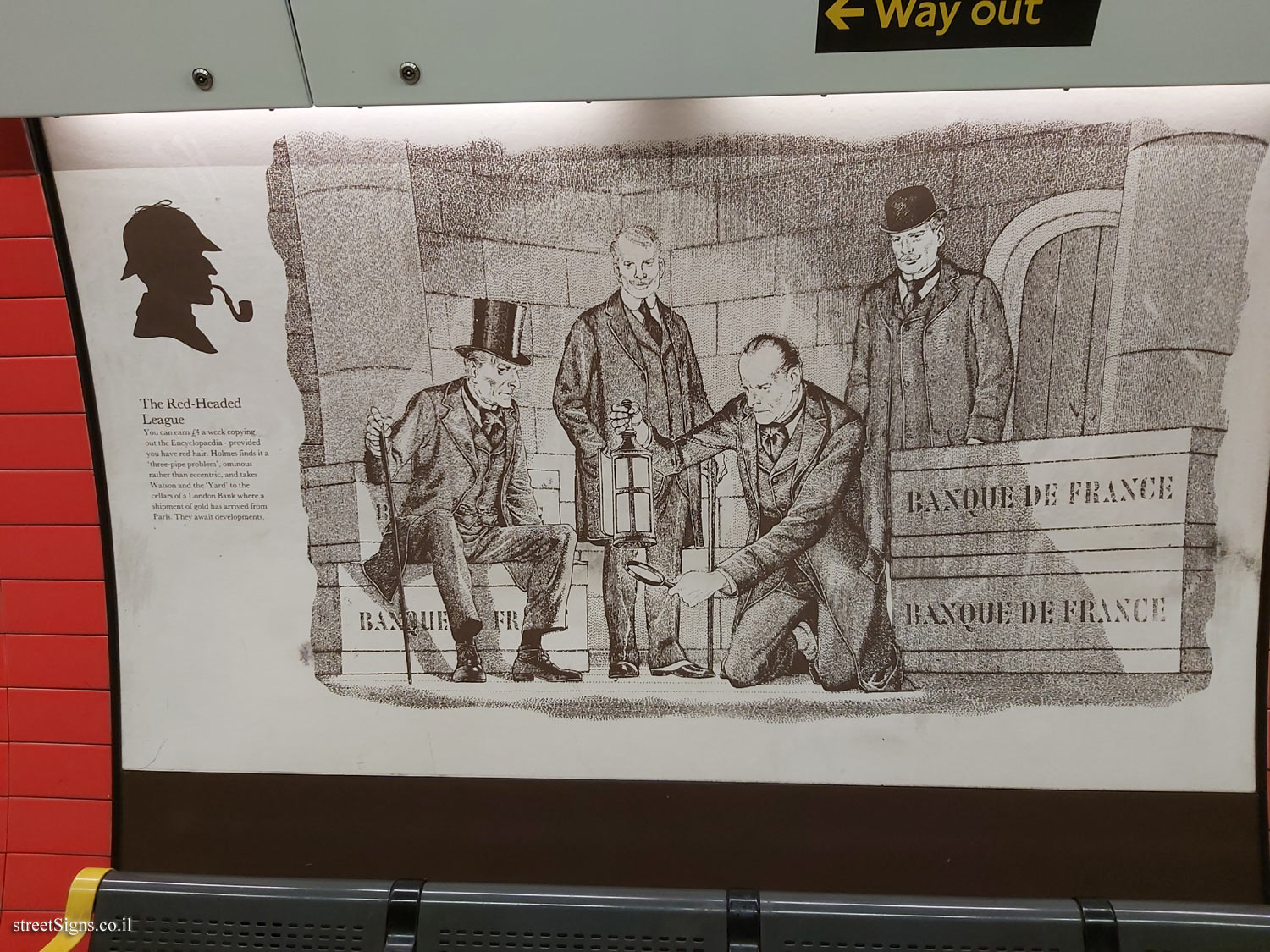 Click for sign's details,
Click for sign's details, 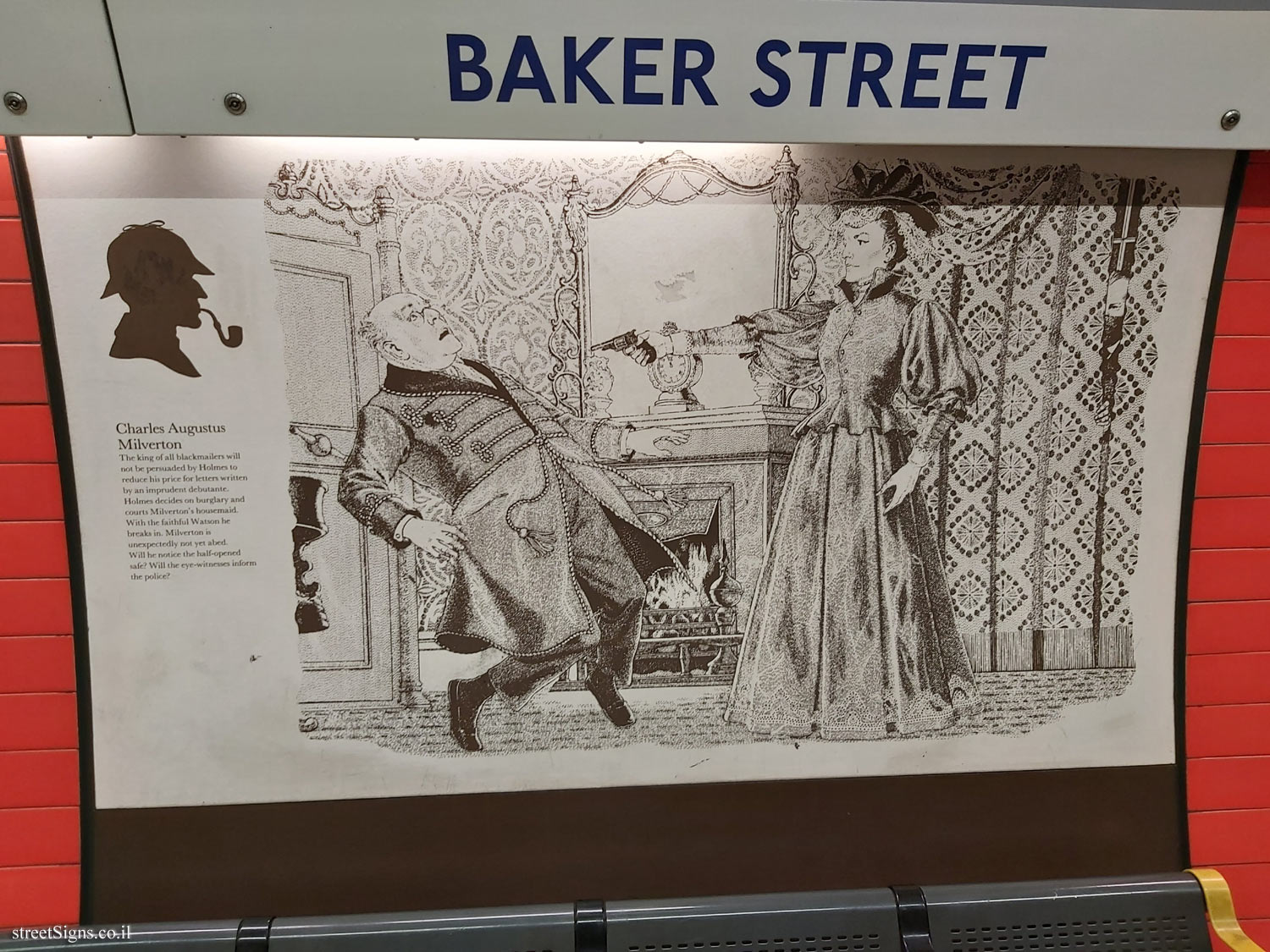 Click for sign's details
Click for sign's details  Click for sign's details
Click for sign's details 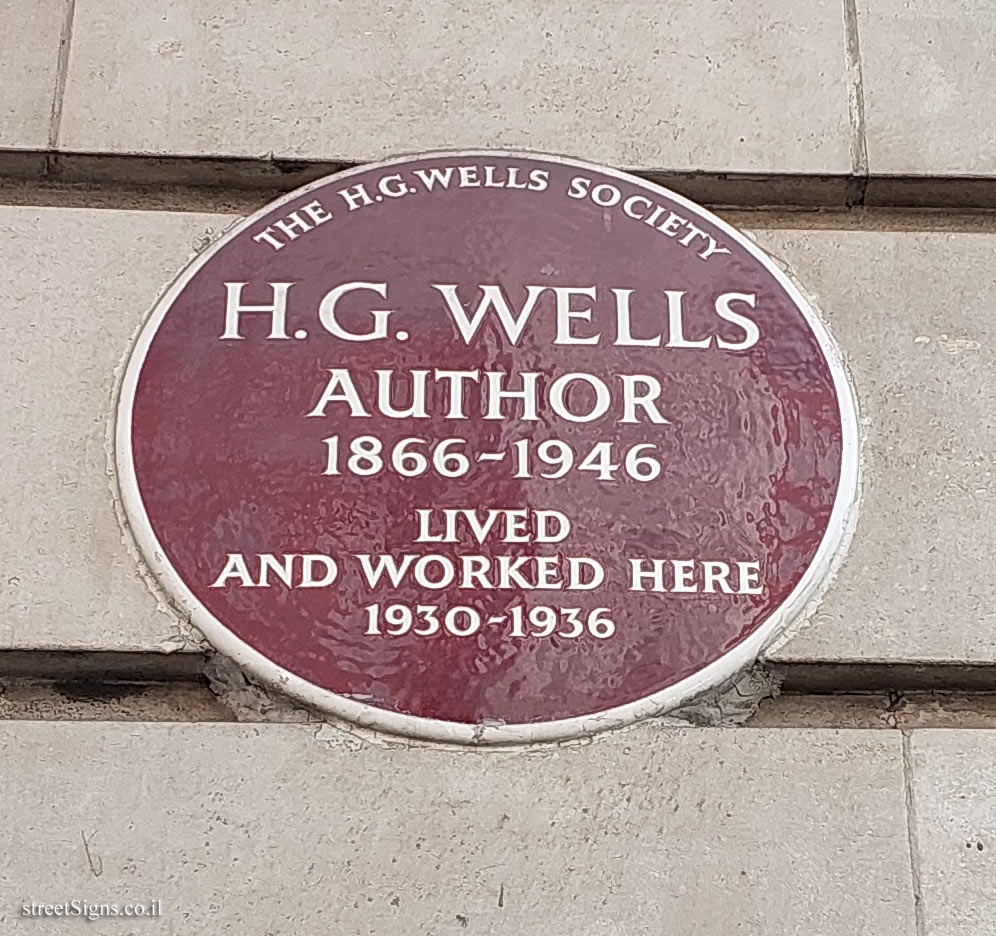 Click for sign's details
Click for sign's details 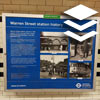 Click for all signs belonging to London Underground History
Click for all signs belonging to London Underground History
 1.29 Km |
1.29 Km |  1.34 Km |
1.34 Km |  1.56 Km |
1.56 Km |  1.71 Km |
1.71 Km |  1.72 Km
1.72 Km